“One of the lovely old A.R.P churches in the S.C. upcountry.”
City Directories and History: Built in 1788, this small, rectangular meeting house plan building is simple and unadorned, with a gable roof and un-ornamented windows. It is one of few eighteenth-century meeting house churches remaining in the state. The bricks for the thick masonry walls were made by members of the
congregation. The simple interior contains straight-back pews, a dais-style pulpit with plain rails around two sides, and a slave gallery. The church and graveyard are surrounded by a granite wall added in 1852. This church was the birthplace of the Associate Reformed Presbyterian denomination in South Carolina. Ebenezer’s pastor, the Reverend James Rogers, first ARP Moderator, organized the Associate Reformed Synod of Carolinas here on May 9, 1803. The church grew in numbers until the Civil War when the young manhood of the congregation joined the Confederate Army in masse. The building was damaged by Union troops, who removed part of its flooring and woodwork to rebuild a bridge across Little River. An apology, penciled in the wall, has been kept legible: “Citizens of this community: Please excuse us for defacing your house of worship, so much. It was absolutely necessary to effect a crossing over the creek, the Rebs had destroyed the bridge. A Yankee.” The church was later repaired and remained in active use until 1920. Since that time the church has been used for annual commemorative services. The adjoining graveyard contains numerous graves of Revolutionary and Civil War soldiers. Listed in the National Register August 19, 1971. [SCDAH]
“Old) Brick Church (about 1771), Fairfield County. The congregation at different times in the past was called Little River and Ebenezer, but today the name “(Old) Brick Church” is universal. The Associate Reformed Presbyterian Synod was organized here in 1803. The church holds no regular services at present, but commemorative services are held there periodically.”
Information from: Names in South Carolina by C.H. Neuffer, Published by the S.C. Dept. of English, USC
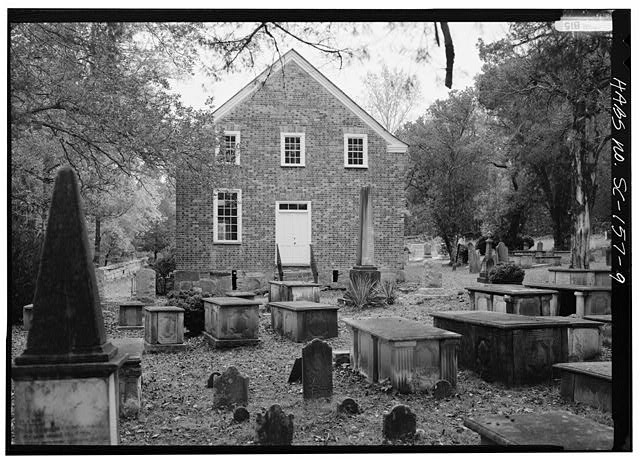
Images courtesy of the Library of Congress. Images from the HABS Collection
This house of worship was erected by the people of the Little River section of Fairfield County in 1788. Members of the congregation molded the bricks with their own hands and cut the timber to provide the woodwork. The church is small and rectangular in plan as were most all the Up-Country churches of its day, reflecting the sturdy, proud spirit of the Scotch Irish whose love for their religion was always uppermost.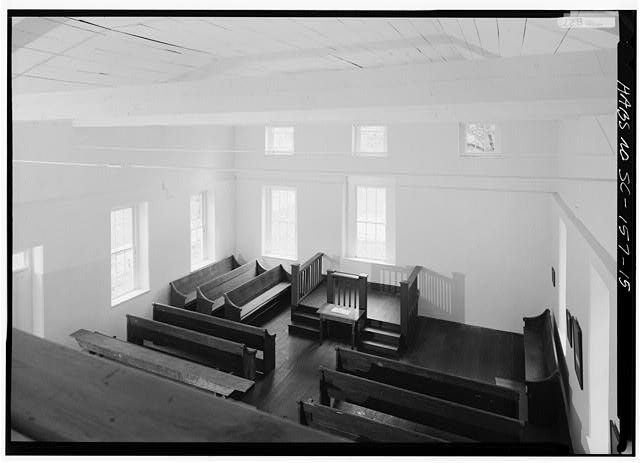
The interior of the church is classic in simplicity with long straight-back wooden pews, a slave gallery, and a stately old fashioned pulpit, which in reality, is merely a Bible stand built into the front railings of the church. The small church began making history when its first pastor, Reverend James Rogers, acting as first moderator organized the Associate Reformed Synod of the Carolinas in 1803 from his humble pulpit. Today it is known as the Associate Reformed Synod of the South. His church grew in numbers and prosperity and soon became a potent force in the religious life of South Carolina. Rev. Mr. Rogers’ death in 1830 came as a blow but the church continued to go forward until the outbreak of the War Between the States when its young manhood of the congregation joined the Confederate Army almost en mass. The casualty lists form the battlefront were large, bringing much sorrow to the folks of Old Ebenezer.
In 1864, the drums of war began to draw near this little community. Late in February 1865 this historic little church, located not far from the banks of the swift flowing Little River, became the locale of some swift moving action. Units of Kilpatrick’s Union Cavalry arriving at the river and finding the Confederates had destroyed the bridge and were occupying the high ground beyond, tore out part of the flooring and woodwork of the church to construct a bridge to allow the heavy guns and equipment to cross. A written apology was inscribed on the woodwork which reads: “To the citizens of this county – “Please excuse us for defacing your house of worship. It was absolutely necessary to effect a crossing over the creek. Signed, A Yankee.” [Our Heritage Book]
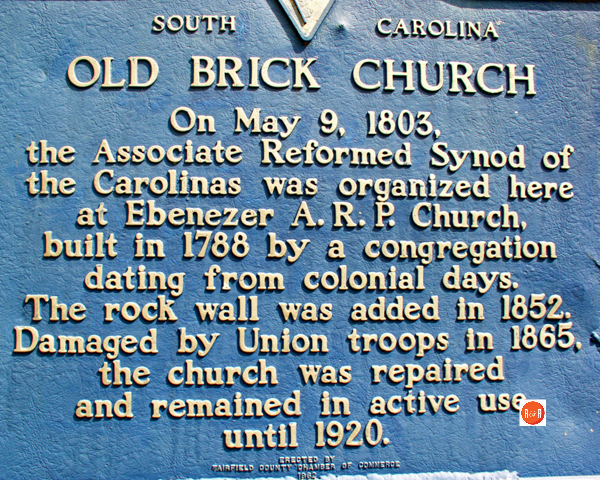
Images courtesy of photographer Bill Segars – 2006
![Ebenezer ARP [Old Brick Church]](https://www.rootsandrecall.com/fairfield-county/files/2012/09/untitled-424.jpg)
![Ebenezer ARP [Old Brick Church]](https://www.rootsandrecall.com/fairfield-county/files/2012/09/untitled-428.jpg) Early members and supporters of this important church of worship included; Benjamin Boyd, John Martin, James Gray, Charles Montgomery, John Gray, James Kincaid, Aaron Hawthorne, Thomas Lewers, William Bell, Andrew Gray, William McMorries, Sr., William McMorries, Jr., Daniel Cochran, Callon Forbes, Hugh Montgomery, Robert Gray, William Thompson, William Richardson, Robert Martin, Alexander Kincaid, James Montee, Robert McGill, William Holmes, William Kearnahan, H. Ronalds, R. Robertson, Hugh Robertson, William Kennedy, Hy Harton, S. Richardson, William Watt, J. Kennedy, William Southwick and Agnes Calhoun. Other members included the McKemie, Davidson, and Turnipseed families.
Early members and supporters of this important church of worship included; Benjamin Boyd, John Martin, James Gray, Charles Montgomery, John Gray, James Kincaid, Aaron Hawthorne, Thomas Lewers, William Bell, Andrew Gray, William McMorries, Sr., William McMorries, Jr., Daniel Cochran, Callon Forbes, Hugh Montgomery, Robert Gray, William Thompson, William Richardson, Robert Martin, Alexander Kincaid, James Montee, Robert McGill, William Holmes, William Kearnahan, H. Ronalds, R. Robertson, Hugh Robertson, William Kennedy, Hy Harton, S. Richardson, William Watt, J. Kennedy, William Southwick and Agnes Calhoun. Other members included the McKemie, Davidson, and Turnipseed families.
A stop on the Little White Church Jaunt – A Driving Tour
Informative links: Old Brick Church
Also see link: Fairfield County History / Sites and Structures
Stay Connected
Explore history, houses, and stories across S.C. Your membership provides you with updates on regional topics, information on historic research, preservation, and monthly feature articles. But remember R&R wants to hear from you and assist in preserving your own family genealogy and memorabilia.
Visit the Southern Queries – Forum to receive assistance in answering questions, discuss genealogy, and enjoy exploring preservation topics with other members. Also listed are several history and genealogical researchers for hire.
User comments welcome — post at the bottom of this page.
ADDITIONAL IMAGES by Bill Segars, Photographer
Please enjoy this structure and all those listed in Roots and Recall. But remember each is private property. So view them from a distance or from a public area such as the sidewalk or public road.
Do you have information to share and preserve? Family, school, church, or other older photos and stories are welcome. Send them digitally through the “Share Your Story” link, so they too might be posted on Roots and Recall.
Thanks!
User comments always welcome - please post at the bottom of this page.


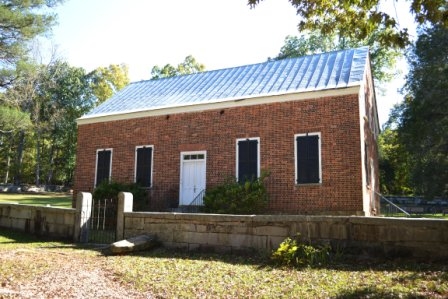
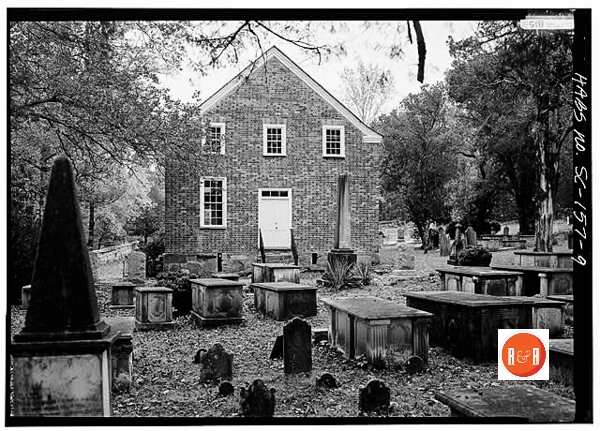
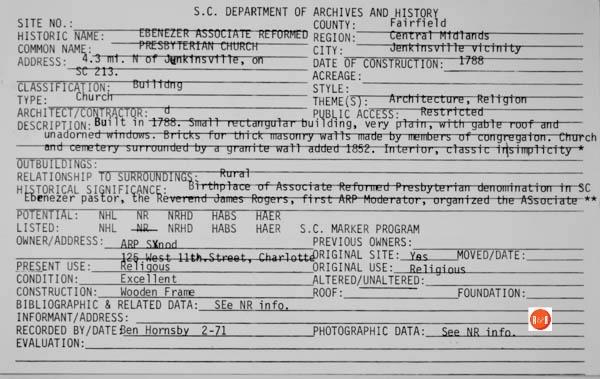
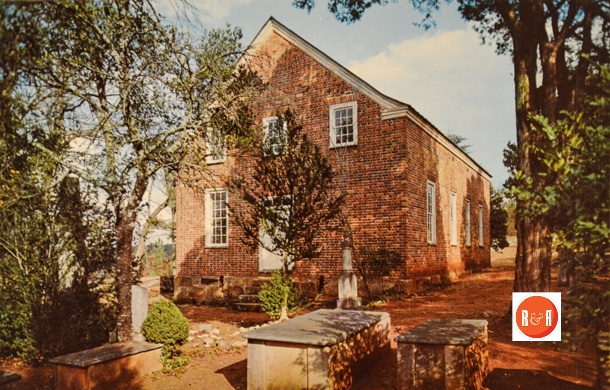
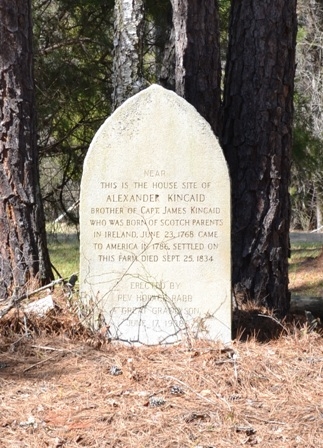
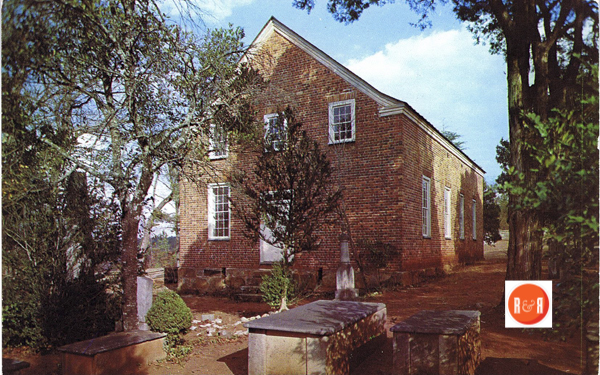
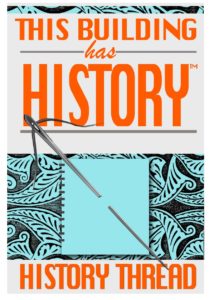
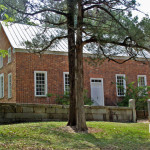
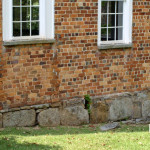
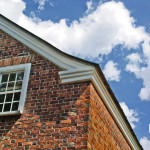
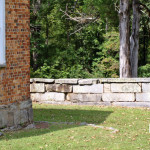
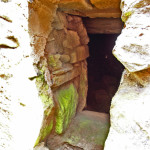
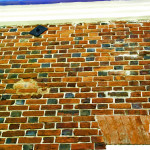
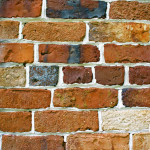
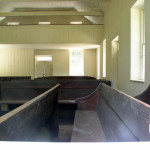
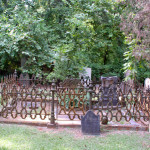
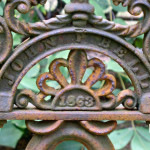


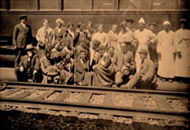
Share Your Comments & Feedback: